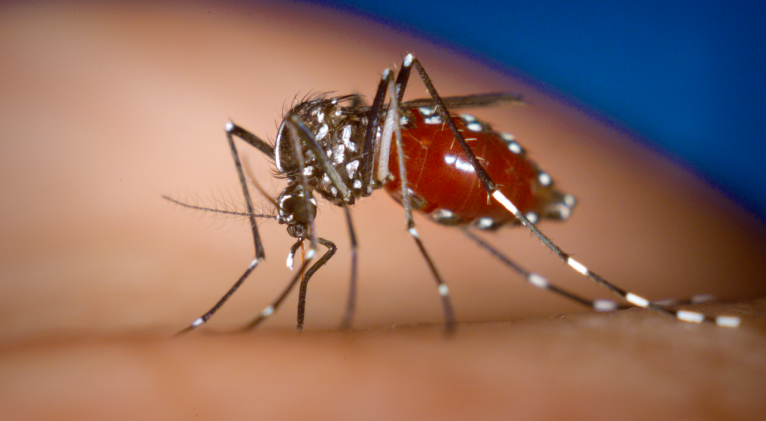All Against Dengue
especiales

International Dengue Day is celebrated worldwide on August 26, a date on which health organizations and institutions seek to raise awareness about the dangers of this disease.
Dengue is transmitted by the bite of infected mosquitoes, and not between people, as some people mistakenly think.
It's an acute infection caused by a virus that can affect any age group. There are four varieties of dengue, with dengue hemorrhagic fever being the most serious.
It's possible for the same person to develop the disease four times, each time from a different strain of the virus.
Dengue causes flu-like symptoms, such as fever, muscle aches and headaches, chills, nausea, and vomiting. Sometimes it can evolve into a potentially fatal condition, called hemorrhagic or severe dengue.
It's a widespread disease in tropical areas of the planet. Lately, it has developed increasingly in urban areas, becoming a serious public health issue along with Zika and Chikungunya.
Currently, more than half of the world's population is at risk of contracting the disease. Every year there are more than 390 million cases in the world, of which 500,000 correspond to the most serious variety, dengue hemorrhagic fever, which causes some 25,000 deaths.
The only effective way to prevent it is by controlling the populations of transmitting mosquitoes.
About Dengue, according to the Pan American Health Organization
• It's transmitted by the bite of a mosquito infected with one of the four serotypes of the dengue virus.
• It's a febrile disease that affects infants, children and adults. The infection can be asymptomatic, or present with symptoms ranging from mild to disabling high fever, with severe headache, pain behind the eyes, muscle and joint pain, and rashes. The disease can progress to severe dengue, characterized by shock, difficulty breathing, severe bleeding, and/or severe organ complications.
• There is no specific medicine to treat dengue.
• The disease has a seasonal pattern: most cases in the southern hemisphere occur in the first part of the year, and most cases in the northern hemisphere occur in the second half.
• The prevention and control of dengue must be intersectoral and involve the family and the community.














Add new comment